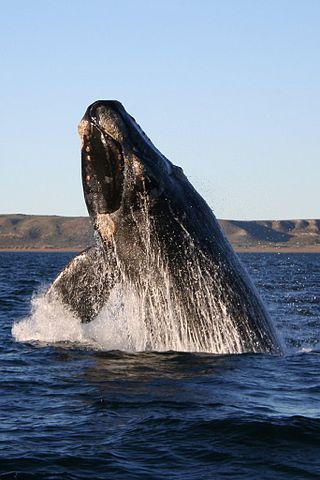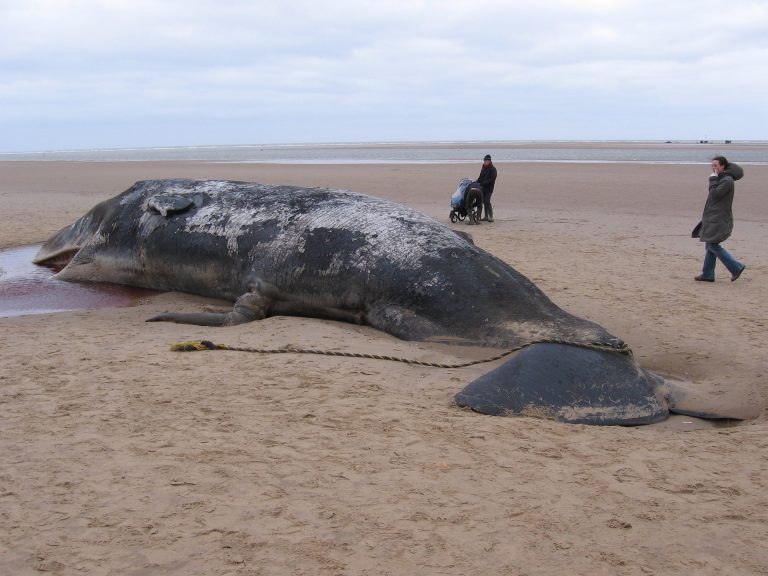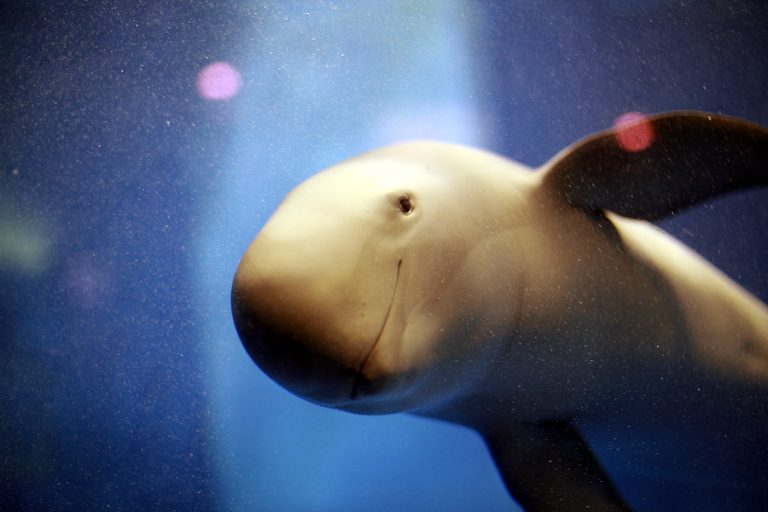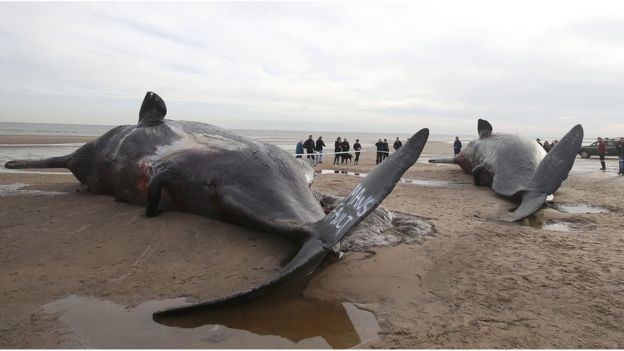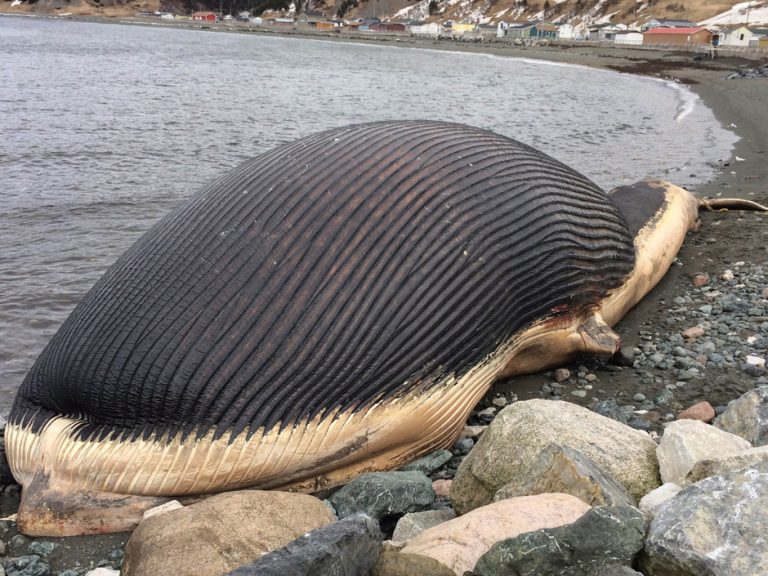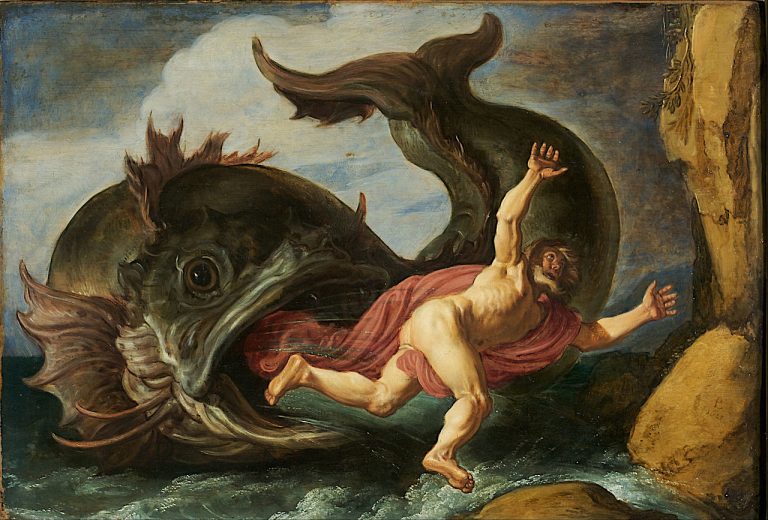Dead Right Whales Are Turning Up In The Gulf Of St. Lawrence
Despite being the most endangered whales on the planet, 10 dead Right Whales turned up so far in the Gulf of St. Lawrence.
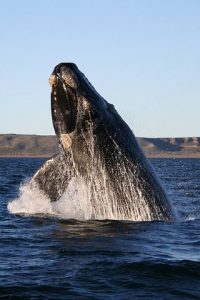
In a phenomenon that has left marine biologists and scientists completely baffled, another Right Whale was discovered already dead in the Gulf of St. Lawrence. This brings the total number of dead whales to 10 within the space of a little over two months: June 7 to date.
Observers are describing this as unprecedented and “catastrophic” and that’s no exaggeration. That’s because this species is Critically Endangered.
In fact, these mammals are just a breath away from extinction.
There are currently just over 500 Right whales left on Earth!
The “unprecedented number of right whale deaths is very concerning,” Federal Department of Fisheries.
A Bit About Right Whales
Right whales are among the biggest whales on Earth. They are easy to distinguish from other very large whales. They have large, bulbous heads and are usually covered with rough patches of skin.
These whales are filter feeders: they lack teeth and instead filter feed on zoo plankton, and other tiny seafood in the waters around them.
The name ‘right’ whale, comes from the height of the commercial whaling industry. This whale is one of the most hunted whales ever as whalers targeted it for its extremely high blubber content (whale oil).
As a result, they are the rarest and most endangered species of whales today. The few surviving individuals live in the Atlantic and Pacific Oceans, near the coast.
Average/Maximum Length: Up to 18 meters (59 feet) long. Maximum recorded length is 21.3 meters (70 feet).
Average/Maximum Weight: Averagely up to 70 tons or more.
Why Are Dead Right Whales Turning Up?
The most recent carcass washed up on the west coast of Newfoundland. The situation is truly alarming when you consider the following factors:
- This is an already extremely vulnerable species.
- Only 3 calves have been born to the existing population this year.
- This kind of deaths within such a short span is obviously a rapid decline in population.
Cause of death is not confirmed for now. Though necropsies (animal autopsies) on samples from the badly decomposed remains are in progress to help pinpoint the exact cause of death.
For now, Fisheries and Oceans Canada (DFO) have stepped into the situation and implemented several steps to help protect these creatures.
The Gulf of Lawrence (where the whales were found) is the outlet for North America’s Great Lakes through the Saint Lawrence River into the Atlantic Ocean. It’s the world’s largest estuary: teeming with marine wildlife and is home to several species of fish (cod, striped bass, halibut, salmon, etc.). In addition, it’s a migratory route for several larger mammals such as whales.
The authorities propose to close a snow crab fishing zone in the southern part of the Gulf. Also fishermen in the area are to report any whale sightings. Mariners and captains of ocean going vessels are also to voluntarily cut their speed in the area till at least September 30, 2017.
Historically, collisions with ships and entanglement in fishing gear in the area are major threats for Right Whales. Moving shipping lanes could reduce collisions considerably.
Interestingly, it appears the whales are shifting habitat and have been appearing more frequently in the Gulf to feed. Hopefully, the current interventions will stop further incidents of dead right whales.

